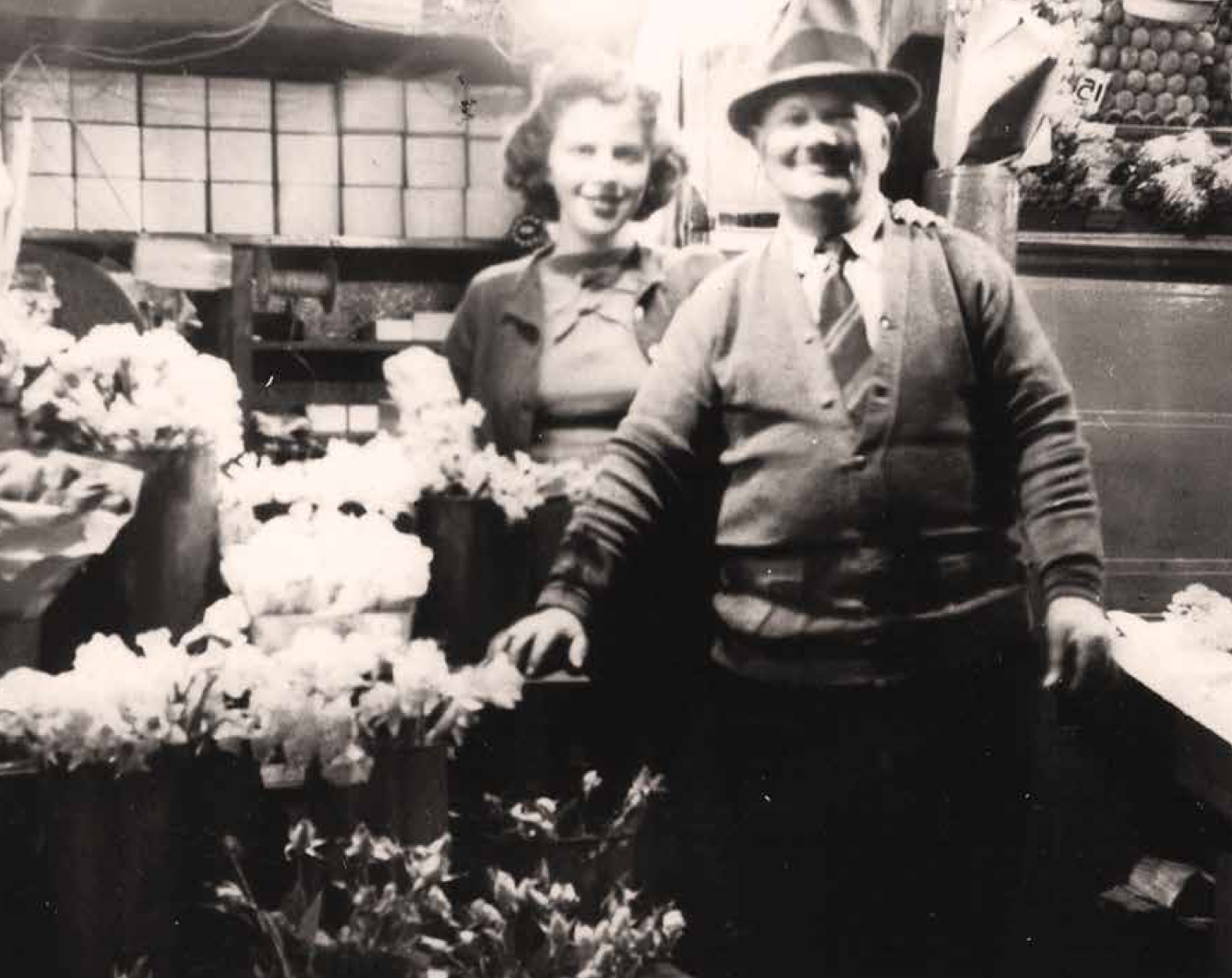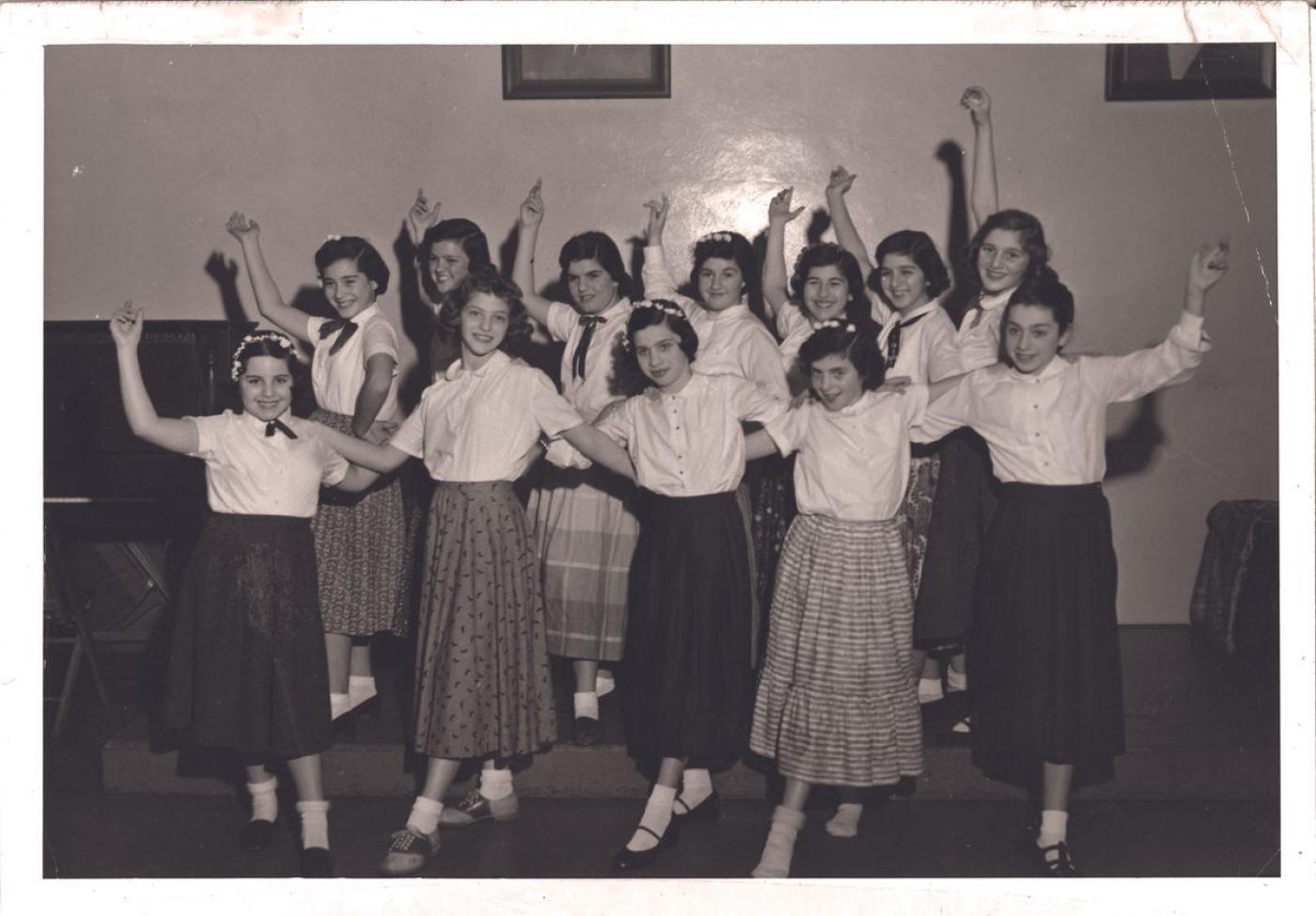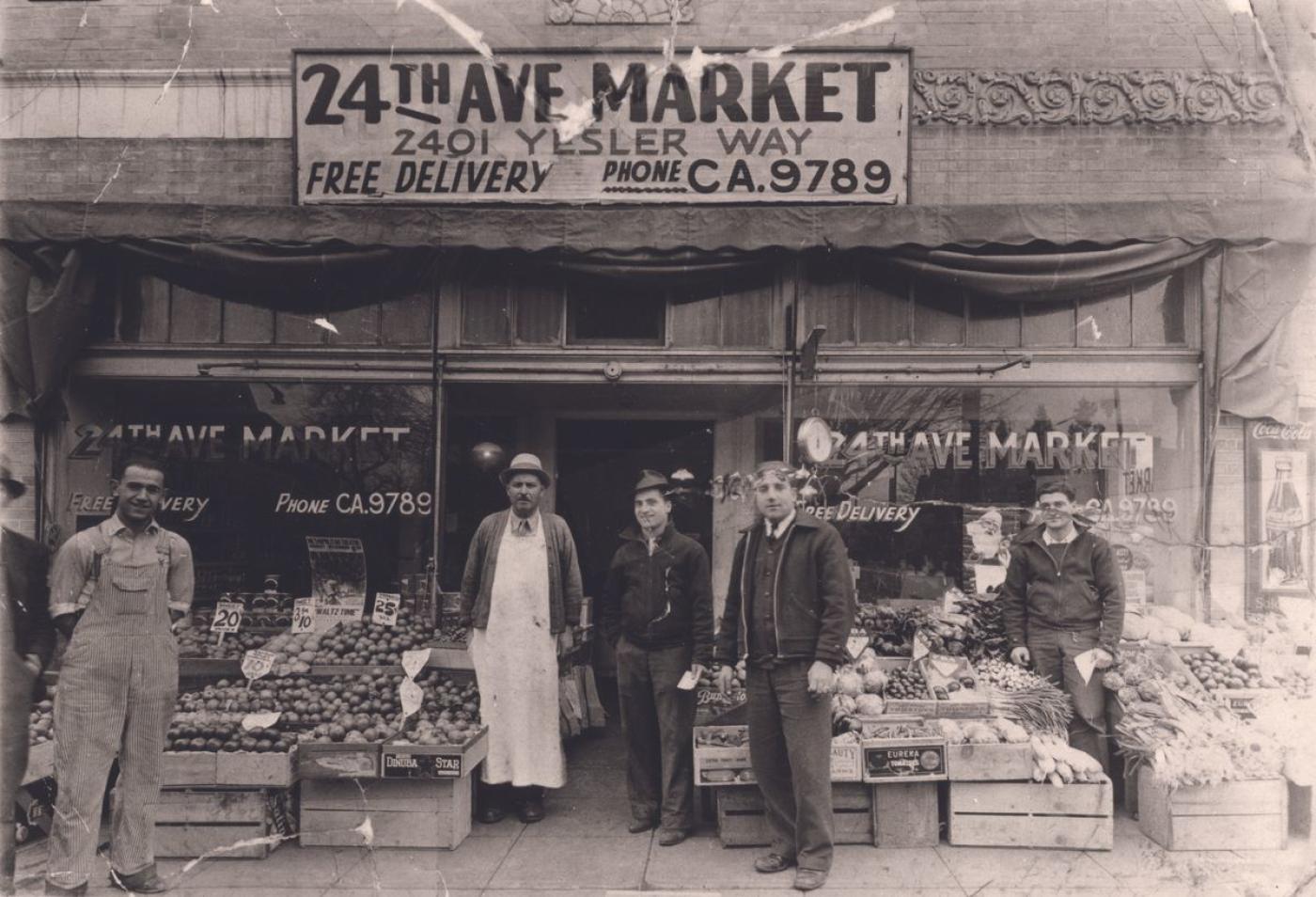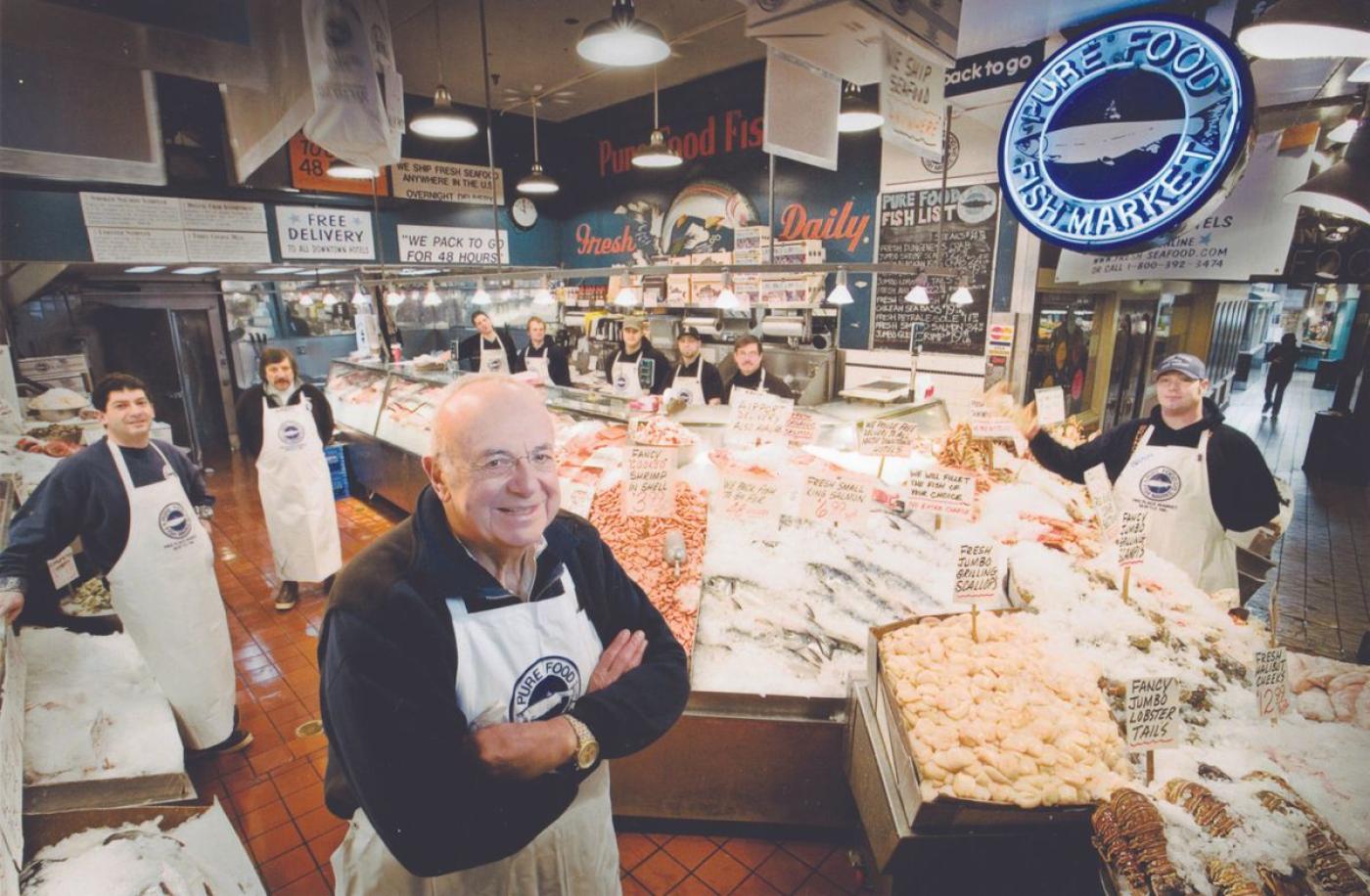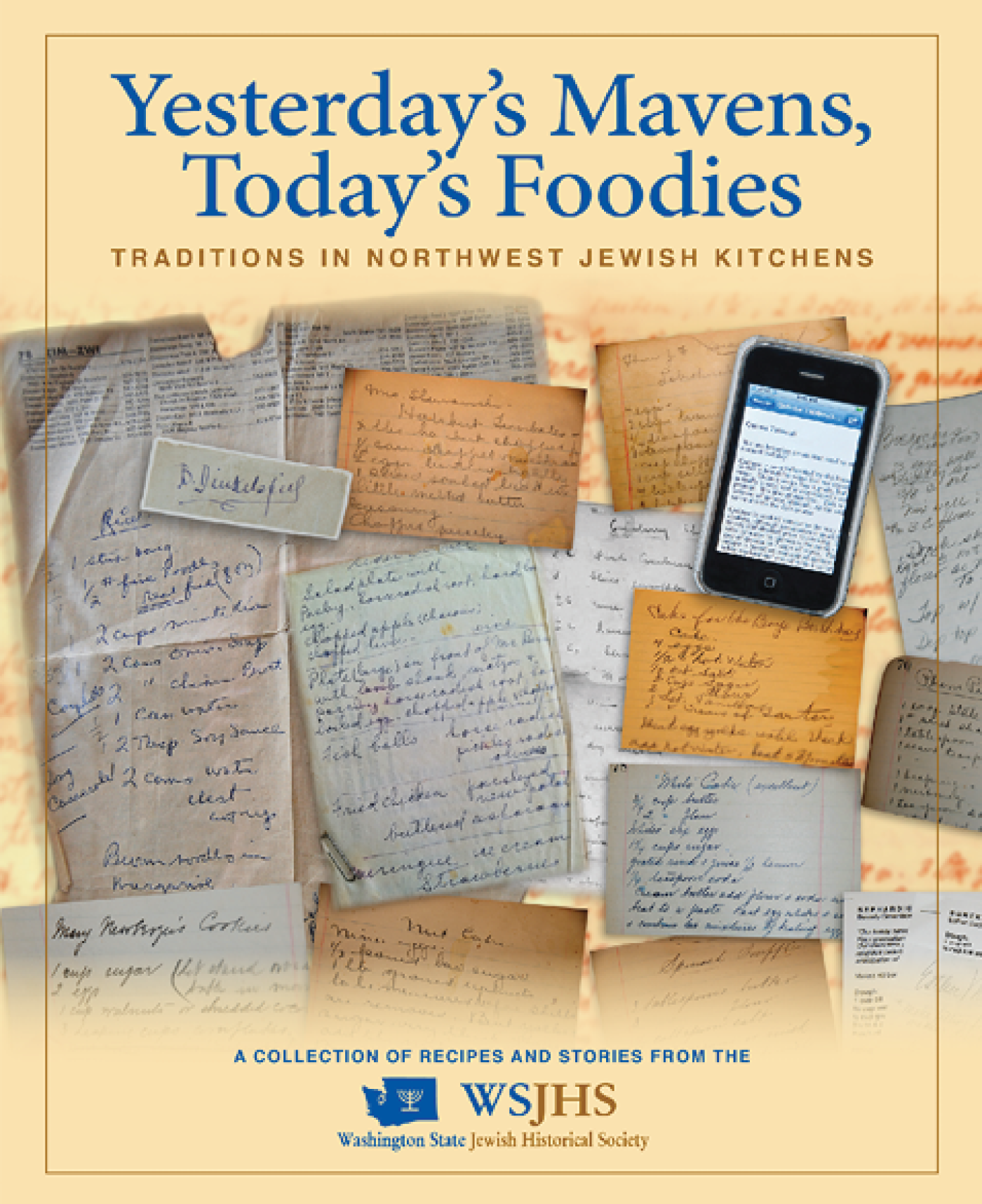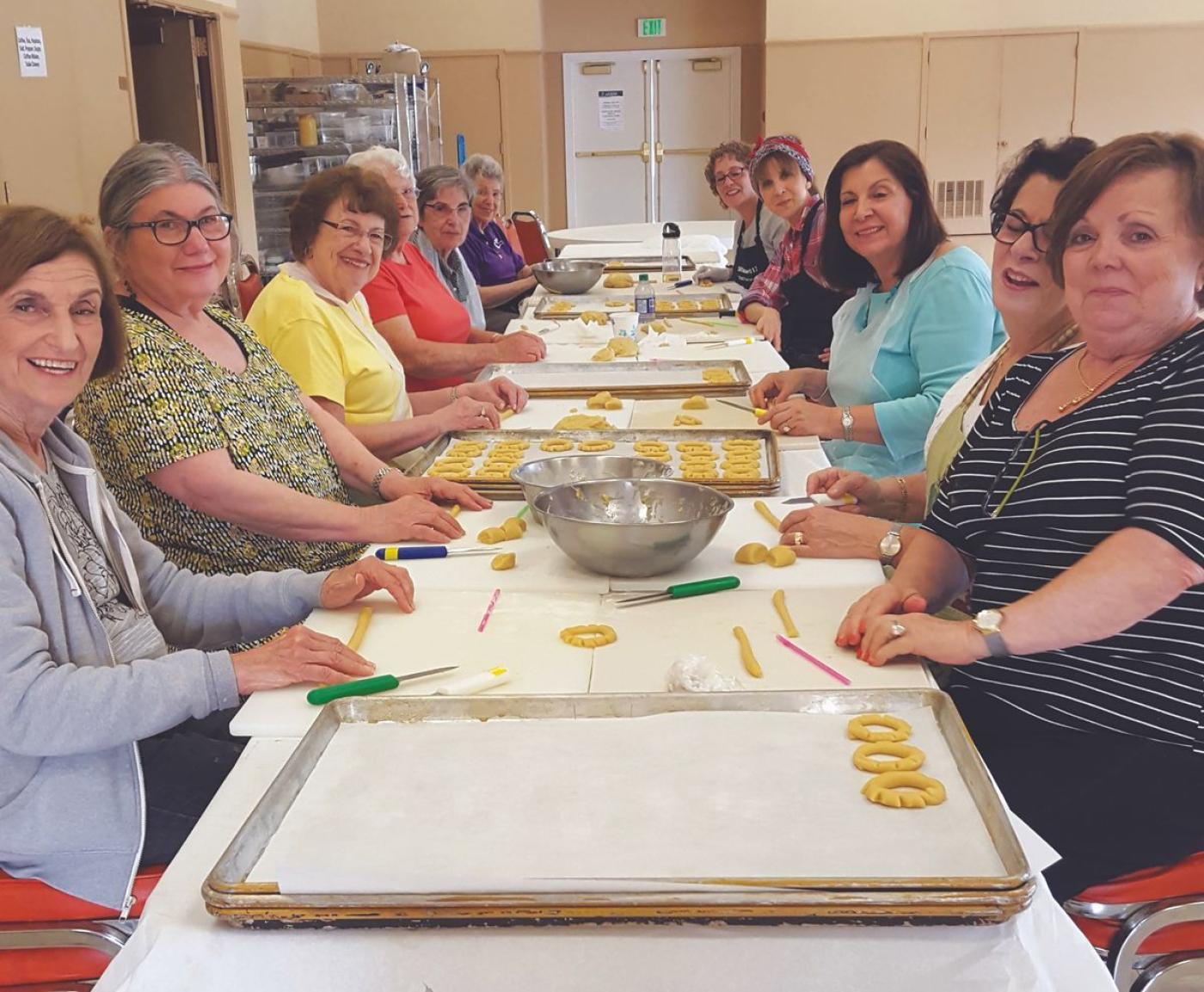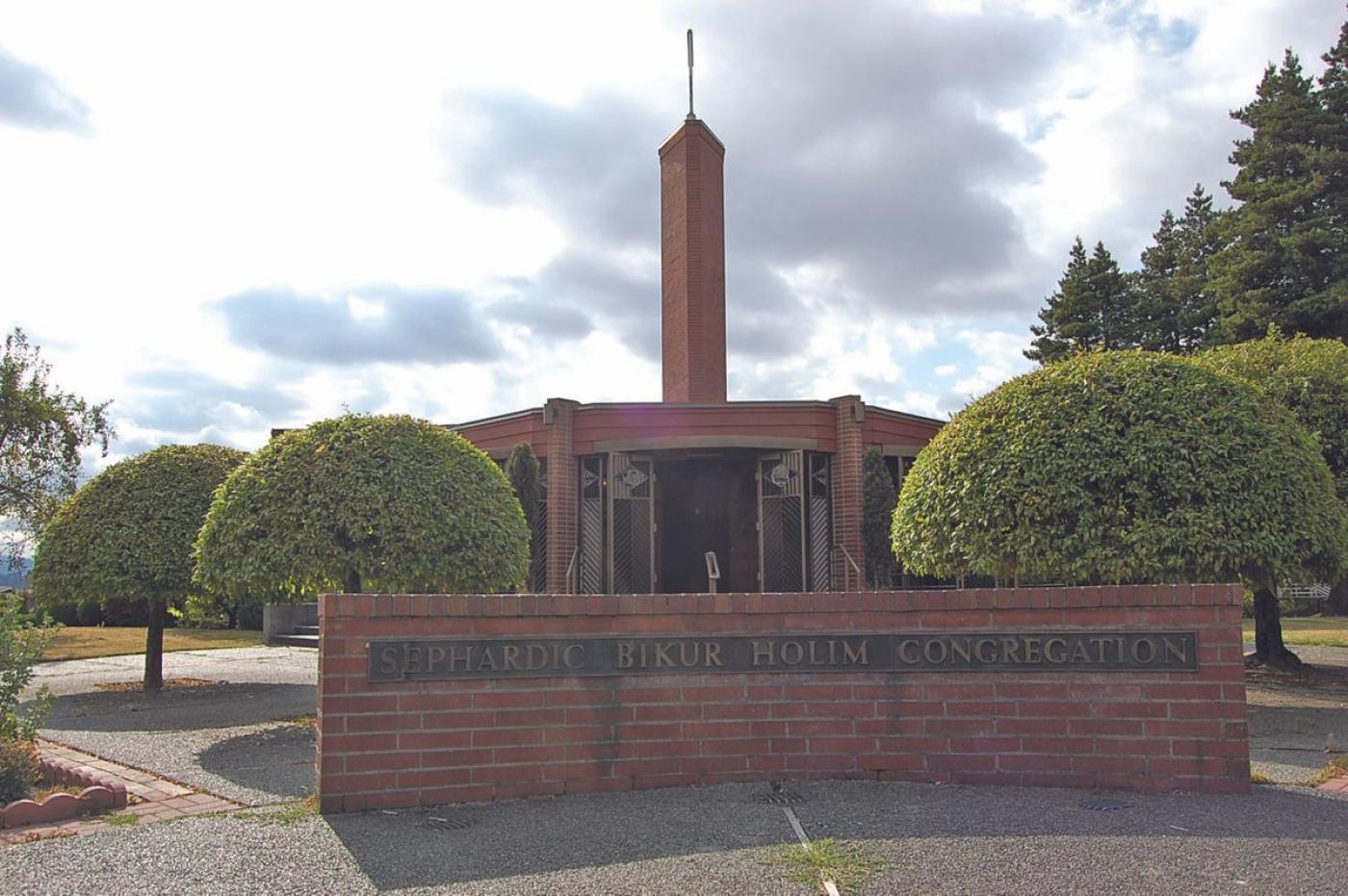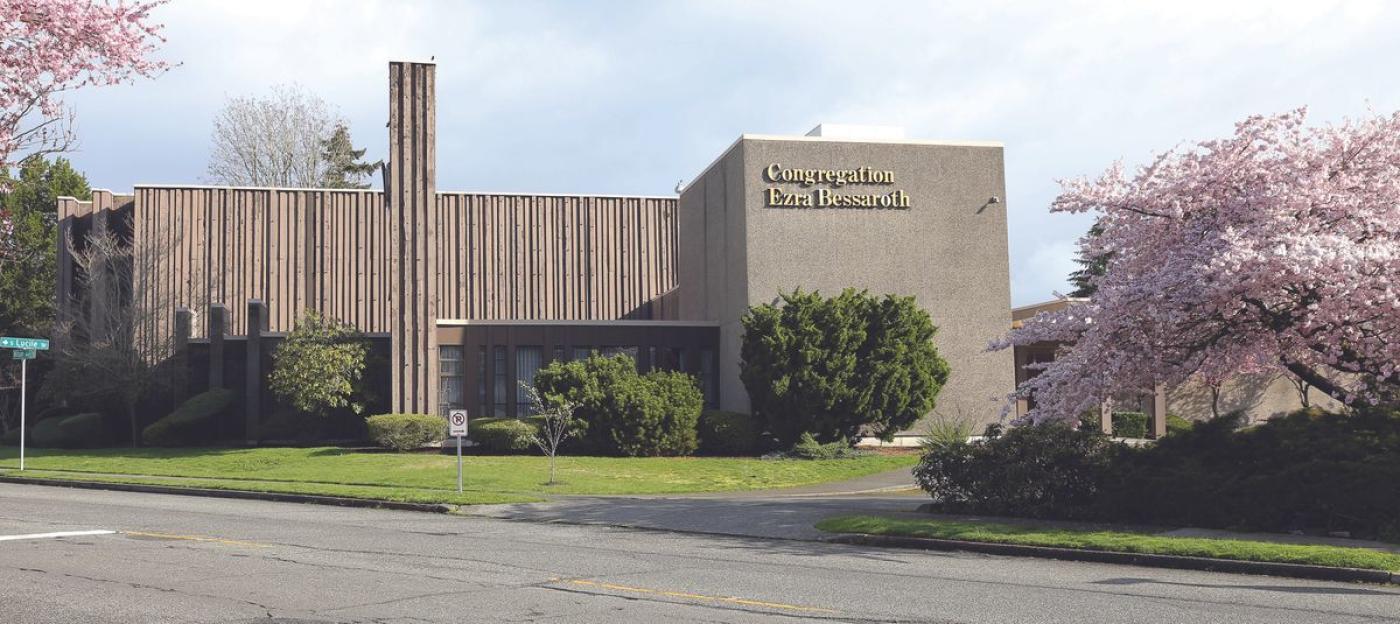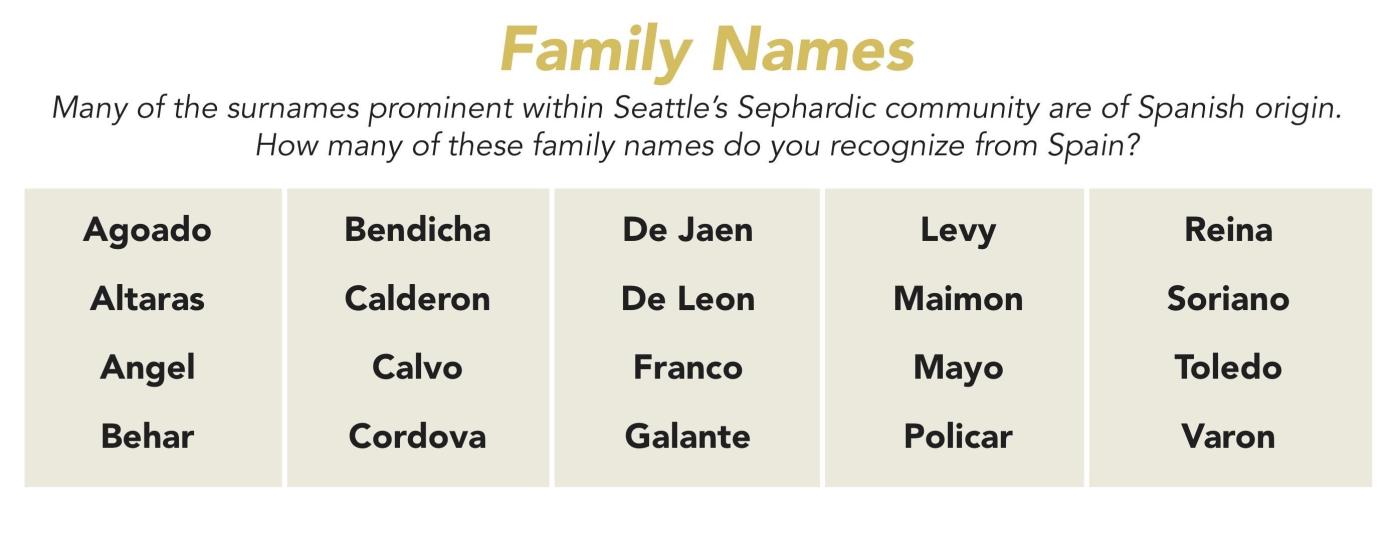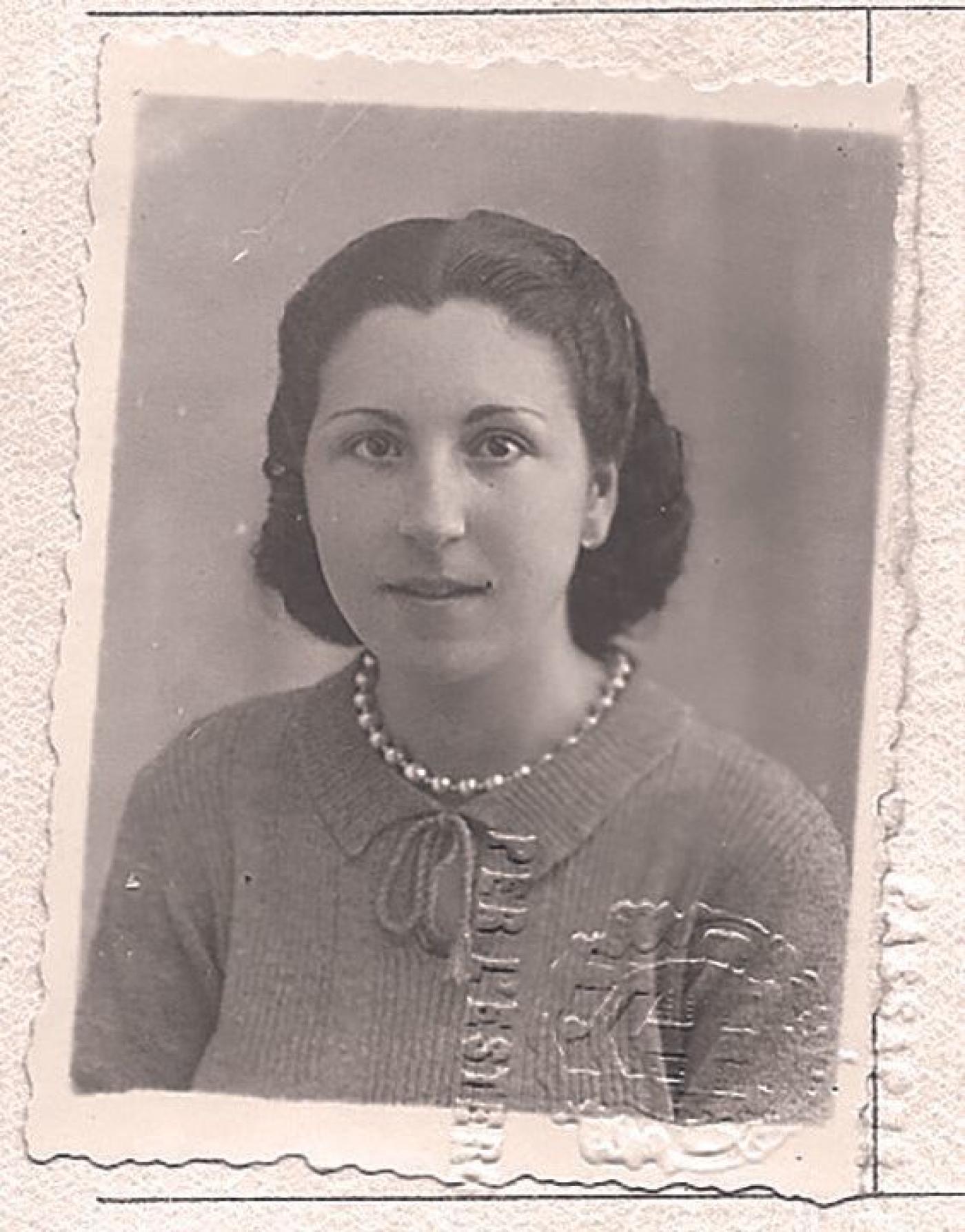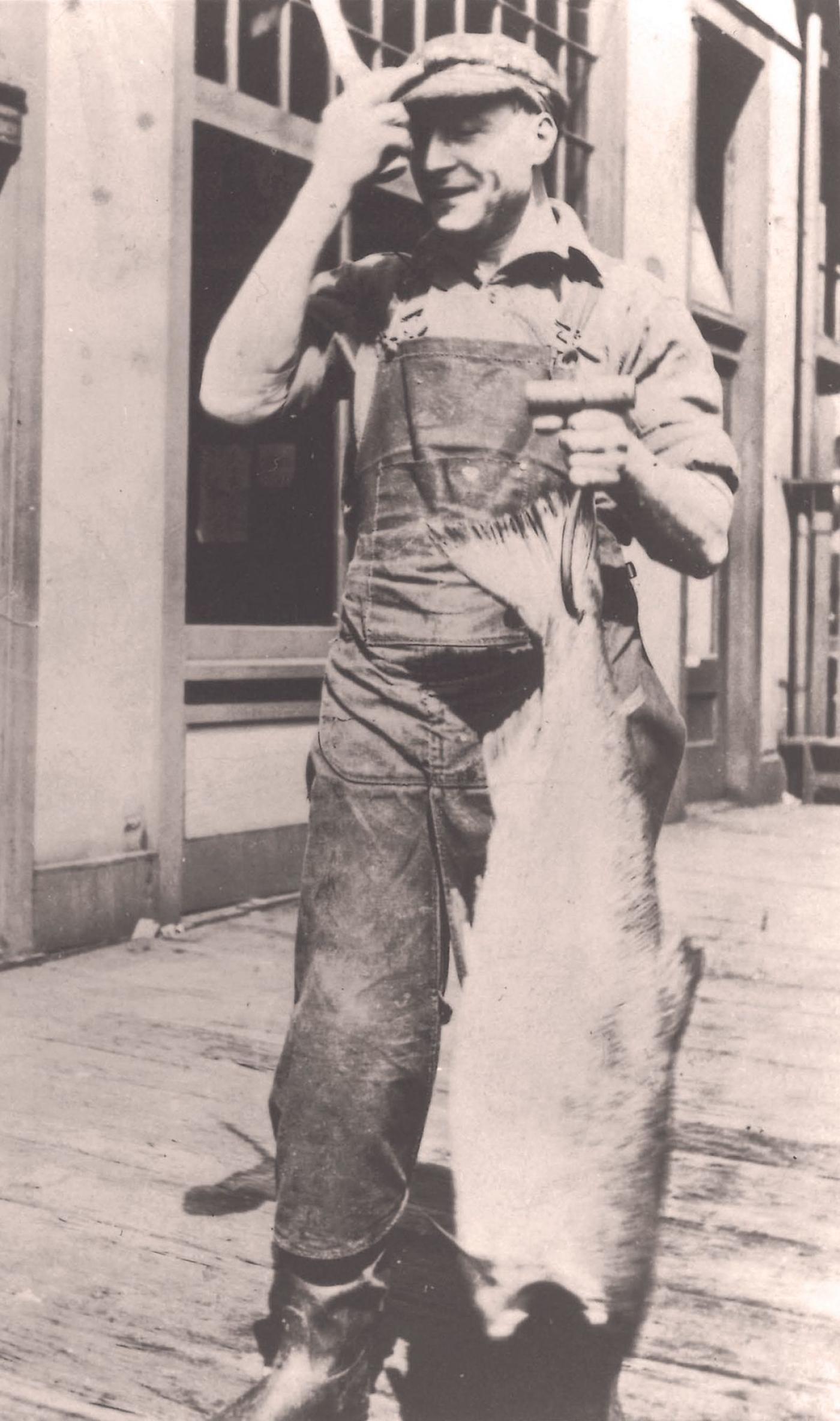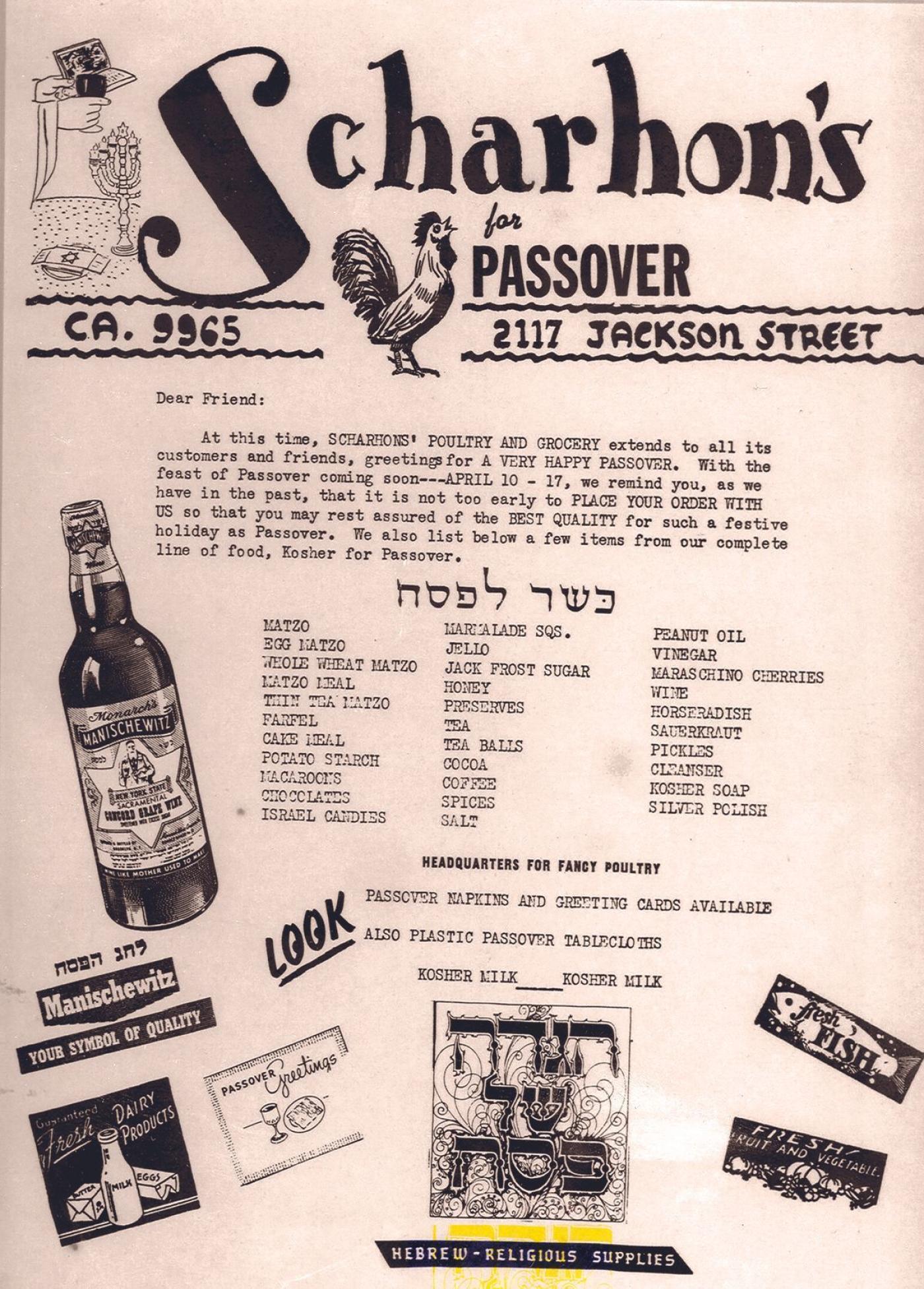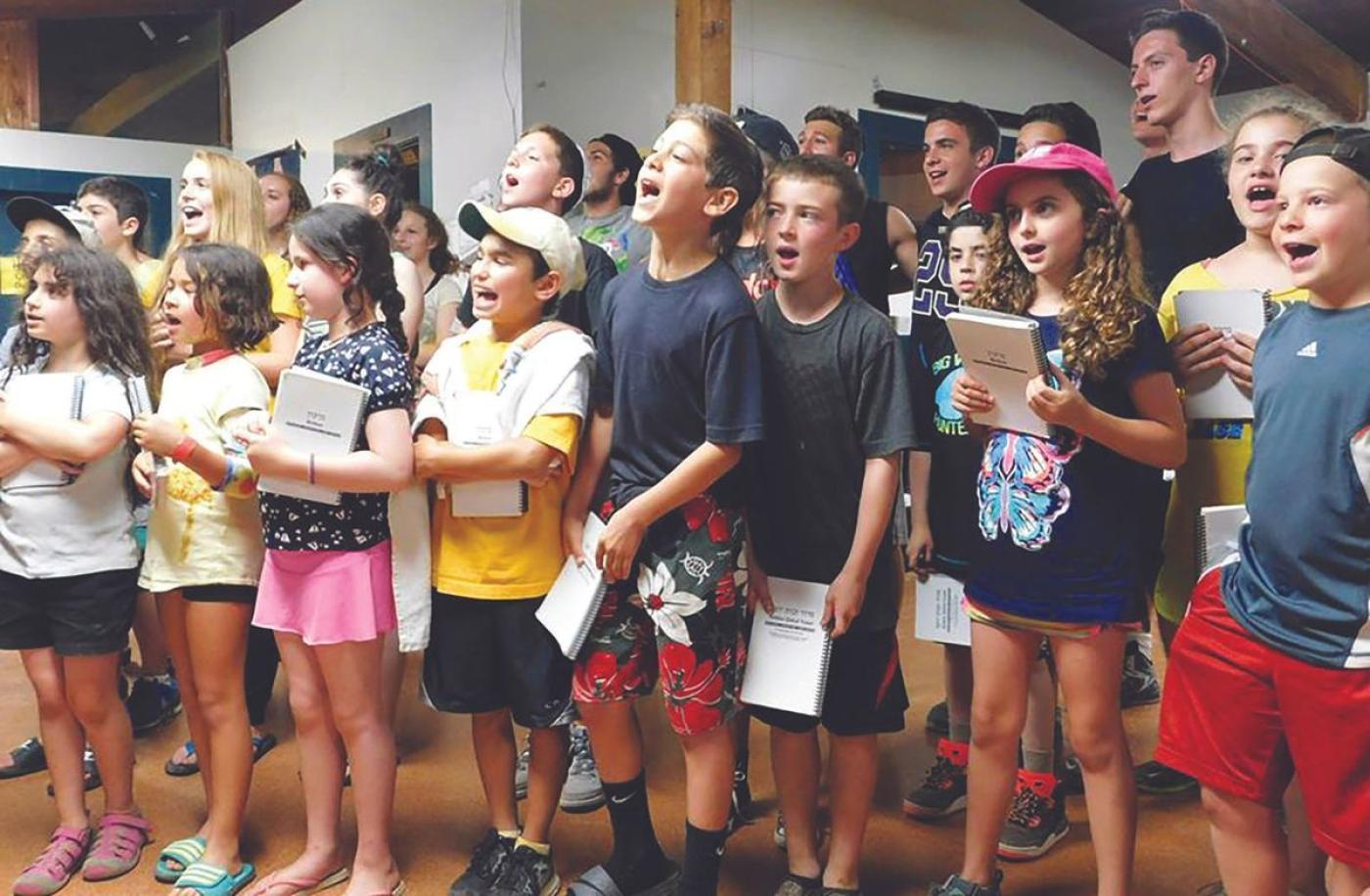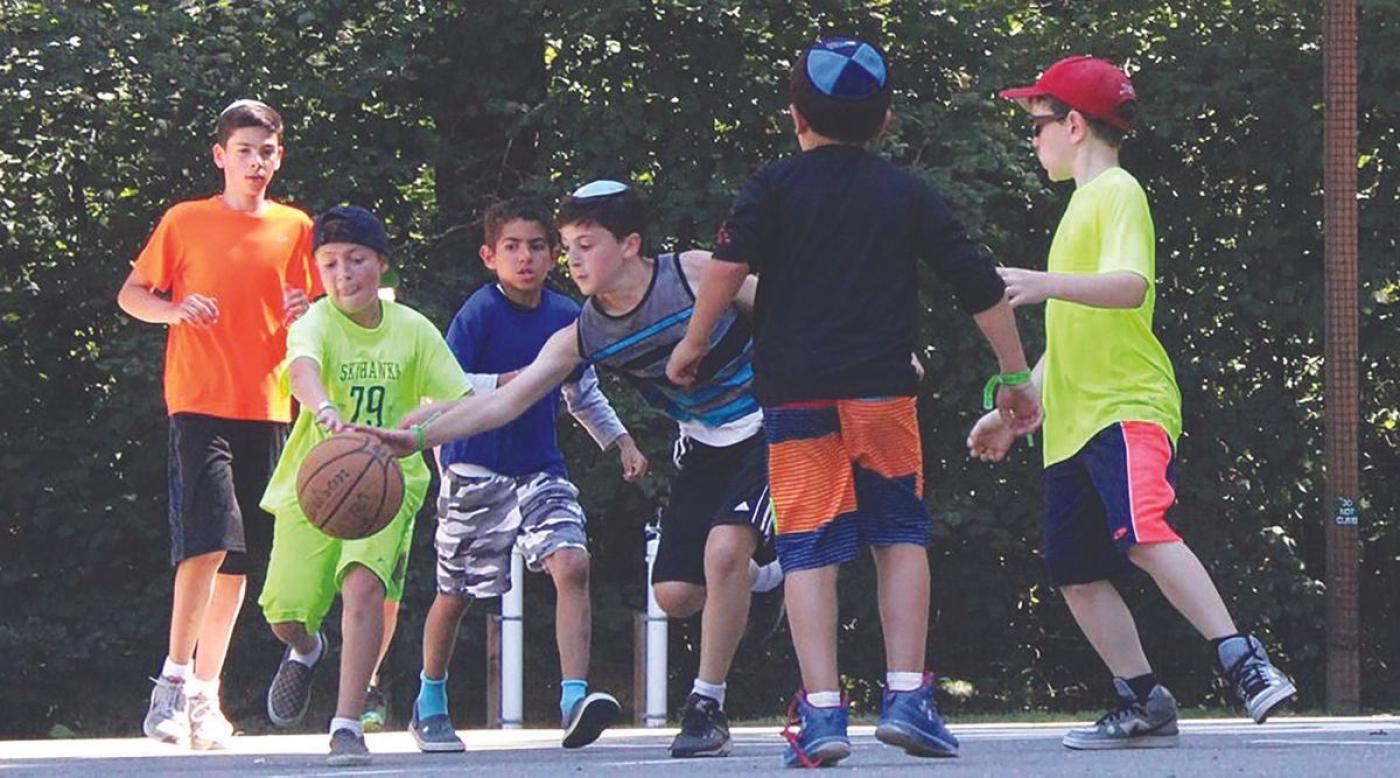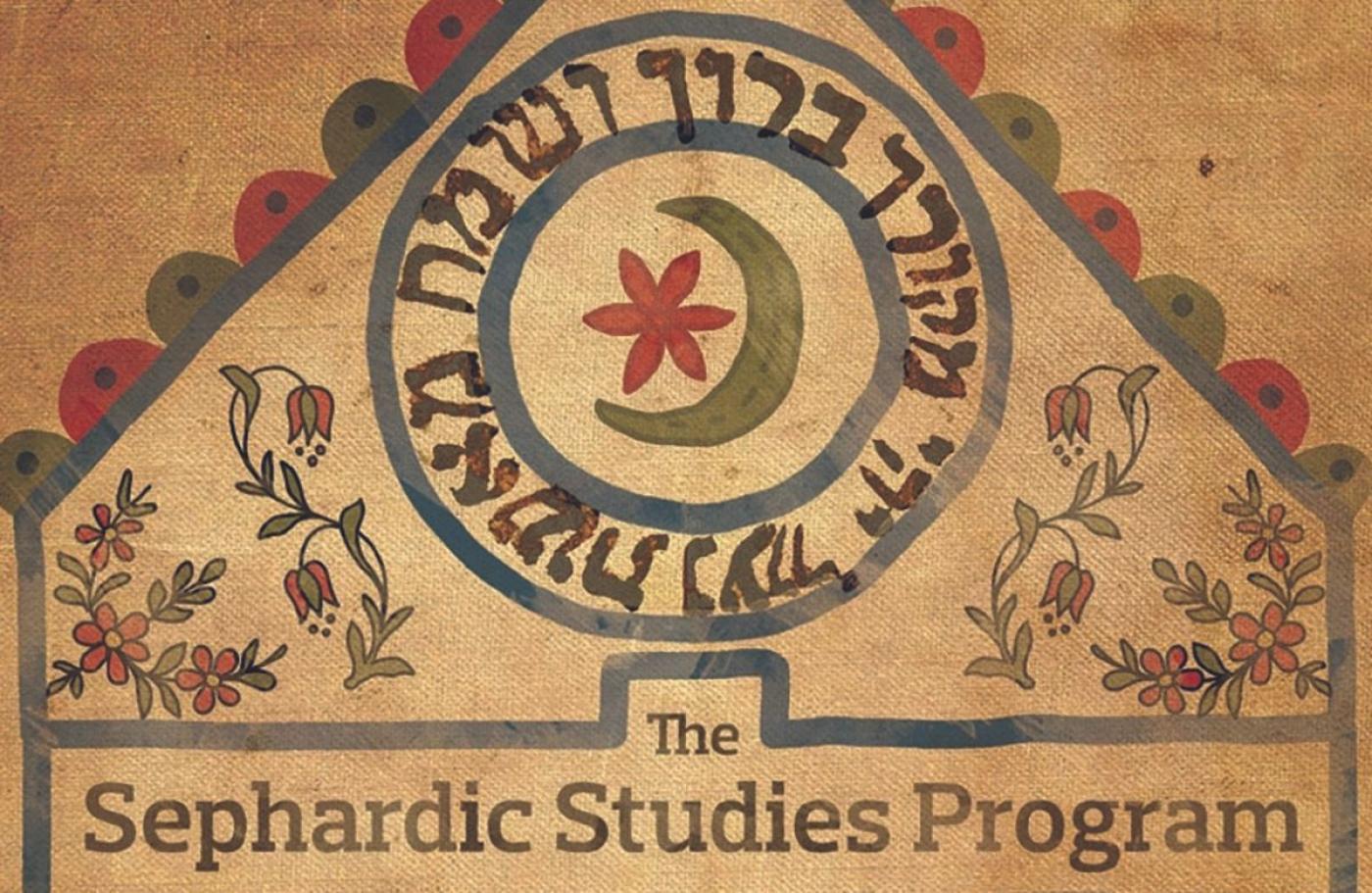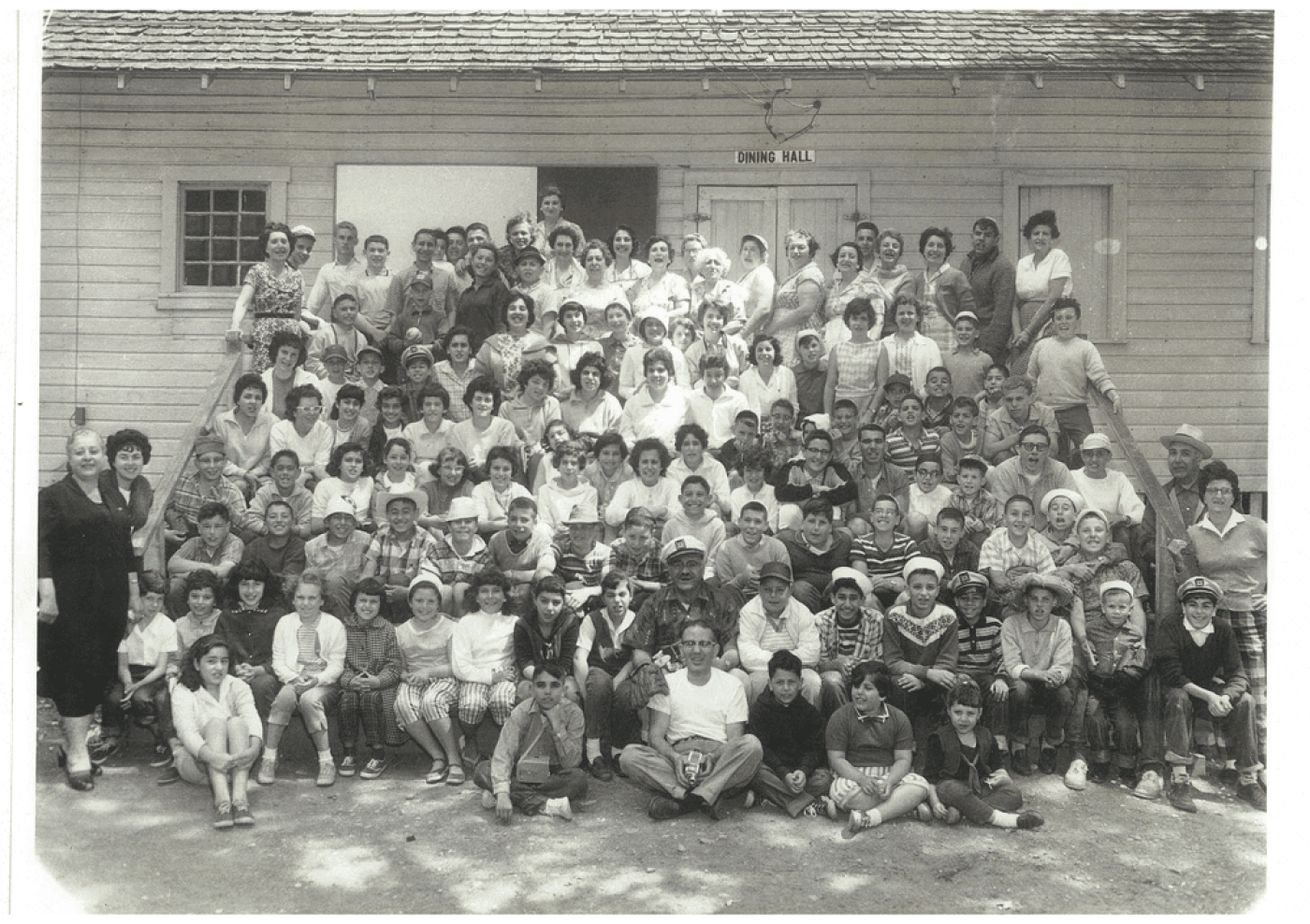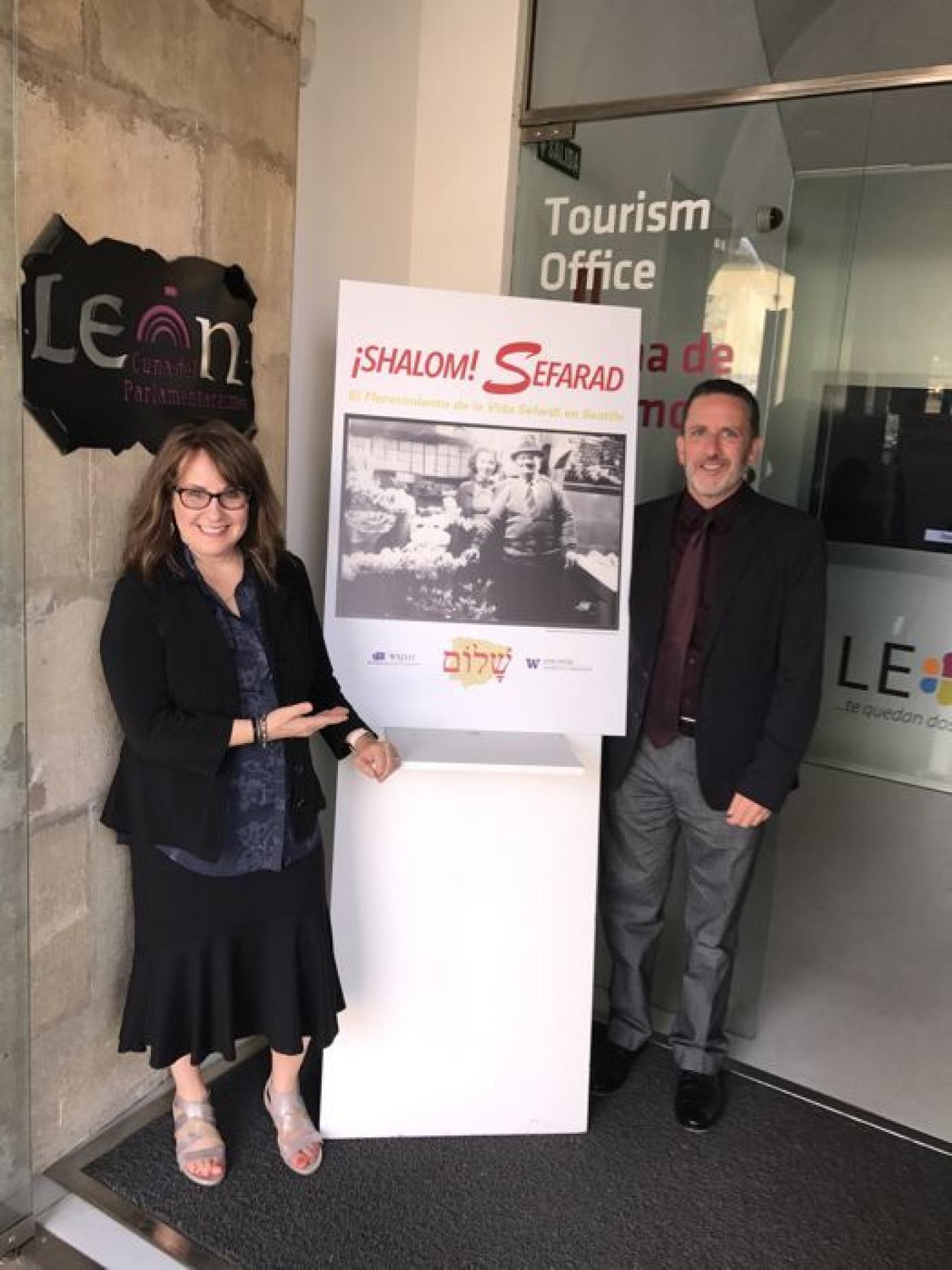Shalom! Sefarad
Welcome to Shalom! Sefarad, a collaborative project of the Washington State Jewish Historical Society and the University of Washington León Center. A Spanish-language version of this exhibit opened in September 2017 in León’s historic town hall and was presented in several other cities throughout Spain – a recognition of the country’s revived interest in Sephardic history, culture, and people.
This exhibit was crafted and organized purposely to introduce Seattle’s Sephardic Jewish community to Spanish audiences of various faiths – and to demonstrate how Sephardic life continues to flourish in the Diaspora more than 500 years after Jews were expelled from Spain. The exhibit endeavors to remind Spaniards of their past by having them reflect on the endurance of a community unfamiliar to them.
Shalom! Sefarad is based on the 2014 exhibit Shalom! Open for Business: Tales of Jewish Merchants in Washington State a collaborative exhibit of the Washington State Jewish Historical Society and the Museum of History & Industry
Shalom!
The Hebrew word “Shalom” has several definitions. Spoken most often as a greeting, the word also can mean peace, security, integrity, ingenuity, prosperity and fulfillment.
The Hebrew word “Sefarad” translates as Spain, where communities of Jews lived until the 15th century.
In the early-20th century, Spanish Jews, known as sefardíes, began leaving their adopted homelands of Turkey and the Greek island of Rhodes in order to escape religious persecution, political turmoil or military conscription. Many of them resettled in the northwest corner of the United States to begin a new adventure in a young town called Seattle.
The Sephardic immigrants of Seattle started businesses to meet the commercial demands of a growing city and to serve the unique needs of the Jewish community. They sold a variety of goods, including fish, produce, meat, candies, pastries, flowers, jewelry and curtains. They operated grocery stores, print shops and shoe repair shops.
This exhibit features the triumphant stories of those immigrant families and the community they formed. Sephardic Jews continue to enhance the economic and cultural fabric of Seattle while endeavoring to embody the values behind the versatile word that greets you here today: Shalom!
The Road From Spain to Seattle
The Sephardic Community originated about a thousand years ago in the Iberian Peninsula. Living under Catholic or Muslim rule, Jews energized Spanish society through their contributions in art, culture and commerce. They also produced world-renowned rabbinic scholarship.
This period of coexistence, or convivencia, gave way to religious intolerance, forced conversions and persecution by the Inquisition. In 1492, the Spanish monarchs ordered all Jews to convert, leave or face death. The expulsion resulted in a Sephardic diaspora across the Mediterranean and beyond. Many settled in the Ottoman Empire where they established their own communities that thrived for more than four centuries. The dissolution of the Ottoman Empire during the early 20th century, however, propelled a new wave of Sephardic migration; many settled in Seattle.
Over the centuries, Sephardic Jews developed their own traditions, customs and language. Ladino, also known as Judezmo or Judeo-Spanish, is rooted in 16th century Castilian and other Iberian languages, and also incorporates elements from Hebrew, Arabic and languages spoken in their new lands of residence. Until the 20th century, it was written in the Hebrew alphabet.
In June 2015, the government of Spain offered citizenship to descendants of those Sephardic Jews expelled more than five centuries ago. The offer has sparked a renewed interest among Sephardic Jews in their past and sparked a discussion about Spain in the 21st century.
Seattle's Sephardic Community
Seattle's Sephardic Community began to form in the early 20th century when two groups of Jews from the Mediterranean began immigrating to the United States. Ultimately, they found their way from the Statue of Liberty in New York to the tall timbers and salt waters of Pacific Northwest.
One group originated from various towns in Turkey, including Tekirdag, Marmara and Gallipoli. Often referred to as “Turks,” this group founded the Sephardic Bikur Holim Congregation. Around the same time, another came from the Greek island of Rhodes. Often referred to as “Rhodeslis,” this group founded Congregation Ezra Bessaroth.
With roots planted more than a century ago, the Turks and Rhodeslis remain central to Seattle’s Sephardic community, their distinctive identities preserved through the two synagogues that their ancestors founded. Turks and Rhodeslis are quick to point to their nuanced differences yet are united through a joyful spirit that defines Seattle’s Sephardic community.
Pike Place Market
Living in a strange land and speaking an exotic language, Sephardic Jews could have found Seattle as just another stop along a prolonged exile that began with their expulsion from Spain in 1492. Having emigrated from Turkey and Rhodes in the Eastern Mediterranean, they found little in common with the Ashkenazi Jews from Central and Eastern Europe who had settled in Seattle before them.
Yet something about Seattle’s salt-air ambience felt right, and no place seemed more comfortable than Pike Place Market. The public market opened in 1907– five years after the first Sephardic Jews immigrated to Seattle. In the early days of the market, Sephardic Jews dominated fish and produce – both in selling and supplying product.
To them, Pike Place Market epitomized the New World, their introduction to America coming through the camaraderie of daily life behind the vendor stalls. The influence of Sephardic merchants is still felt today at the market, which continues to thrive as the longest continually run farmer’s market in the U.S.
Kosher Canyon
From the 1920s to 1960s, Seattle’s Jewish community clustered around a neighborhood nicknamed Kosher Canyon. Family life revolved around synagogues, schools, social organizations – and also the abundance of kosher butcher shops, specialty bakeries and grocery stores that neighborhood families operated to serve the unique needs of the Jewish community.
During the Great Depression of the 1930s, many merchants generously extended credit to community members, and some stores failed to survive as a result. Stores closed early on Friday and all day Saturday in observance of the Jewish Sabbath, as well as on major Jewish holidays. All other times, the stores filled with chatter and cheer – doubling as gathering places for an entire community.
Two Jewish Communities within One
Although Sephardic and Ashkenazi (Central and Eastern European) Jews lived together in Kosher Canyon, they spoke different languages, had different customs and ate different foods. As a result, they sometimes made fun of one another.
Abe Hoffman, an Ashkenazi Jew who worked at his father’s grocery store in the 1920s and 1930s, called the store’s Sephardic customers “Mazolas” because they bought so many large tins of Mazola brand cooking oil for sautéeing their Mediterranean-style cuisine. Unbeknownst to him, Sephardic Jews irreverently called Ashkenazi Jews “Shmaltzes” after the Yiddish word “shmaltz,” a processed chicken fat they used for frying and spreading on bread. Explore Kosher Canyon.
Sephardic Business
This historical and cultural tour explores the rich heritage of Seattle’s Sephardic community, whose members primarily immigrated from the Ottoman Empire in the early 20th century. Organized by the Washington State Jewish Historical Society and the Seattle Sephardic Network, the tour highlights significant locations in the Central District, shares personal stories, and celebrates the traditions and resilience of Sephardic Jews from places such as Rhodes and Turkey who built vibrant lives in Seattle.
This tour is important because it helps preserve and celebrate the community’s heritage and its distinctive contributions to Seattle’s Jewish life, once a vital part of the city’s Jewish population. Learn more about each of the following businesses, among others, through the Seattle Historic Sephardic Jewish Tour.
Sephardic Adventure Camp
Home to one of the largest and most vibrant Sephardic Jewish communities in the U.S., Seattle is preserving the legacy and perpetuating the vitality of Sephardic life.
During the mid-1940’s, a few energetic fathers and their excited children, the rich Sephardic tradition and the great outdoors of the Pacific Northwest, all met to forge an extraordinary experience that was so positive, it had to be repeated. And so it was – every summer since!
The Sephardic congregations of Seattle, Sephardic Bikur Holim Congregation and Congregation Ezra Bessaroth, recognized the value of these summer retreats and collectively created Sephardic Adventure Camp, an organization committed to preserving the Sephardic tradition, instilling values of our Jewish heritage, building moral character of our children and ensuring a summer of fun and memories to last a lifetime.
This commitment is woven into the extensive programming that fills each and every day of the camp’s two and a half week session. Activities include kayaking, archery, basketball, field sports, swimming, dance, drama, arts & crafts, Sephardic baking, Torah learning, Sephardic culture sessions and much, much more! Moreover, all days begin with and include Tefilah (prayer service) in the Sephardic tradition, and each week culminates with the observance of Shabbat (the Sabbath), a very special experience at Sephardic Adventure Camp.
Today over 100 campers per year attend Sephardic Adventure Camp from all over the country and beyond. Children and staff travel from place such as Los Angeles, Alaska, New York, Vancouver BC, Florida and Israel to experience this unique modern orthodox overnight camp!
Seattle's Sephardic Community Today
Seattle Sephardic Network
Seattle Sephardic Network presents cultural programs that celebrate and explore the many dimensions of Sephardic life. It also provides information to the community on a variety of subjects, including the process for descendants of Sephardic Jews to obtain Spanish citizenship.
The Sephardic Studies Program at the University of Washington
The Sephardic Studies Program at the University of Washington is an academic center for the study, teaching, and perpetuation of Sephardic history and culture, and the Ladino language. The program inspires student interest through research and coursework, and energizes community involvement through public lectures and events.
Seattle Sephardic Brotherhood
Seattle Sephardic Brotherhood is an all-volunteer organization that offers support and essential services to the community, including funeral planning and burial. The Brotherhood operates the Seattle Sephardic Cemetery.
Los Ladineros
The members of Los Ladineros meet each week at Seattle Curtain Manufacturing Co. for a Ladino conversation class. The group entertains the community each year by reading stories during the annual Ladino Day event.
Digital Library and Museum
The Sephardic Studies Digital Library and Museum is an online collection of hundreds of rare Ladino books, archival materials, family letters and photographs dating as far back as the 16th century.
International Ladino Day
Every autumn, Sephardic Studies commemorates International Ladino Day with a community event at the University of Washington featuring stories, songs, and lectures about Ladino and Sephardic culture.
Sephardic Food
Sephardic Food is a Tasty Tradition
When members of Seattle’s Sephardic community get together, plenty of good food is always on the table. The community’s cuisine is a delicious combination of dishes from Greece, Turkey, North Africa, and Spain. Delicacies bearing an Iberian influence include: albóndigas, espinacas con garbanzos, calabasas, fideo, biscochos and arroz con leche.
Quotes from Yesterday's Mavens, Today's Foodies:
“My older sister and I attempted our first Sephardic recipe of ‘pink rice’ for our father shortly after our mother’s death. The first attempt was mush and the second, burnt. No matter what, our father ate everything we made. He would say, ‘Es pecado,’ (a sin, a waste to throw away food). When my cousin tasted my food, she said I had ‘bendichas manos’ (blessed hands).”
– Rachel Ameleh
“Marzipan (‘masapan’ in Ladino) is a sweet Sephardic confection traditionally served for important life cycle events like baby namings, bar mitzvahs and weddings. Marzipan represents good health and the celebration of life, as its key ingredient is almonds, which contain essential nutrients of life.”
– Sharon Cordova Lott
Seattle's Sephardic Families
Founded more than a century ago, Sephardic Bikur Holim Congregation and Congregation Ezra Bessaroth remain the spiritual core of Seattle’s Sephardic community and its families.
Dear Sephardim, thank you for your loyalty and for holding like a cherished treasure your language – Judeo-Spanish or djudezmo as well as Haketia – and your customs, which are none other than our own. And thank you, too, for making love prevail over rancor and for teaching your children to love this Spanish homeland.”
HIS ROYAL MAJESTY KING FELIPE VI
During a November 2015 ceremony with Sephardic Jews at the Royal Palace in Madrid
Acknowledgements
Curator: Stuart Eskenazi
Project Manager: Lisa Kranseler, Executive Director, Washington State Jewish Historical Society
Executive Director, University of Washington León Center: Anthony Geist
President, Seattle Sephardic Network and WSJHS Board Member: Doreen C. Alhadeff
Designer: Denise Clifton
Translation (Ladino): Devin Naar, Isaac Alhadeff Professor of Sephardic Studies, University of Washington
Translation (Spanish): Anthony Geist & Santos Rodríguez
We would also like to acknowledge the following individuals and organizations for supporting this exhibit:
4Culture, The Museum of History & Industry, The Isaac Alhadeff Foundation, The Seattle Sephardic Network, The Seattle Sephardic Brotherhood, Stroum Jewish Community Center, The Jewish Federation of Greater Seattle, The Rita and Herbert Rosen Foundation, Loeb Family Charitable Foundations, Martin Selig, Sterling Reality Organization, The Isaac Alhadeff Foundation, The Washington State Jewish Archives and The Washington State Jewish Historical Society Board.
